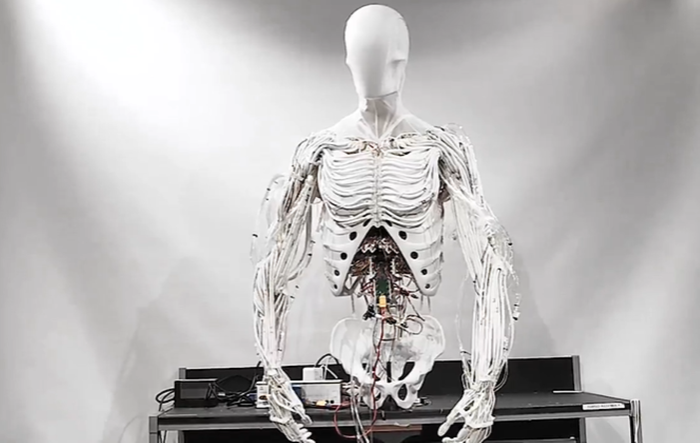AI Model Can Help Reduce Drug-Resistant Bacteria
The AMP-BERT model could help speed up drug discovery

Researchers have developed an AI-powered platform designed to fight the growth of antimicrobial resistance of bacteria and other harmful microorganisms.
Scientists at Gwangju Institute of Science and Technology developed an AI-enabled prediction platform, called AMP-BERT, that can distinguish between antimicrobial peptides (AMPs) and non-AMPS, which can speed up AMP-based drug discovery and therapeutics.
The findings, published in the Protein Science journal, could speed up AMP-based drug discovery and therapeutics.
Antimicrobial resistance has challenged scientists to look for different ways of treating microbial infections. One method is to investigate the antimicrobial properties of certain peptides. AMPs are short peptides found in many animals, microorganisms, and plants to fend off harmful bacteria using a mechanism that stops AMPs from developing antimicrobial resistance.
Professor Hojung Nam and Hansol Lee at Gwangju Institute developed an AMP-BERT classification model that leverages AI-based bidirectional encoder representation from transformers (BERT) architecture to enhance the current AMP classification system.
“The misuse and overuse of antibiotics have resulted in the development of bacteria that cannot be effectively treated with these antibiotics,” said Professor Nam. “This has resulted in an increased health risk not only in humans but also agriculture. So, we wanted to develop an AMP pre-screening platform that isn’t a black box of algorithms but can be easily interpreted for further research.”
Nam and her team used an NLP-based deep neural network that was trained on billions of protein sequence data. Then, they refined the algorithm with peptide sequences from a benchmarked AMP database. The AMP-BERT platform could extract the functional and structural data from the input peptide sequences, as well as distinguish AMPs from non-AMPs.
The model could also assign an attention score to each amino acid from the peptide sequence. AMP-BERT could figure out the subregions of AMPs that plays an important role in figuring out if the peptide has antimicrobial properties and improve the antibiotic efficiency of peptides. The predictions extended to unseen peptide data as well.
“As more AMPs are experimentally validated and new structural information is uncovered using computational methods, we will be able to make more effective antibiotic drugs and potentially stop a new pandemic from spreading across the world in the near future,” added Professor Nam.
About the Author
You May Also Like
.png?width=100&auto=webp&quality=80&disable=upscale)
.png?width=400&auto=webp&quality=80&disable=upscale)






